What's New
Displaying results 591 - 600 of 4052
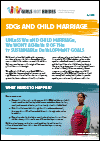
Resource | Publications,
Child marriage is a global problem that cuts across countries, cultures, and religions. Around 650 million women and girls alive today were married as children. Unless we accelerate our efforts, 150 million more girls will be married by 2030.
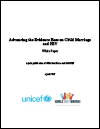
Resource | Publications,
This paper and an associated expert consultation were developed to better understand the relationship between child marriage and HIV and its implications for policies and programming.

Resource | Publications,
Tackling the Taboo focuses on the need to address patriarchal control of adolescent girls’ sexuality in the fight against child, early and forced marriage and unions, and highlights the vital role played by gender-transformative programmes. The report presents findings from a review of 23 organizations that work at the intersection of child marriage and sexuality, and includes three case studies that feature the work of grassroots organizations working in politically and culturally conservative contexts.
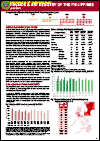
Resource | Fact Sheets,
In June 2019, there were 1,006 newly confirmed HIV-positive individuals reported to the HIV/AIDS & ART Registry of the Philippines (HARP). Nineteen percent (194) had clinical manifestations of advanced HIV infection (WHO clinical stage 3 or 4) at the time of diagnosis.
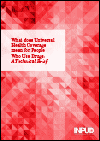
Resource | Publications,
On 23rd of September, 2019 the United Nations General Assembly will hold a High-Level Meeting (HLM) on Universal Health Coverage (UHC). The theme of this meeting is “Universal Health Coverage: Moving Together to Build a Healthier World” and ostensibly aims to accelerate progress towards universal health coverage. Given the political momentum generated due to the upcoming HLM on UHC, and the potential for country-level action towards realising universal health coverage, it is important for all drug user rights advocates to stay informed.
This INPUD Technical Brief explains how Universal Health Coverage (UHC) can be both an opportunity and a concern for the health and rights of people who use drugs.
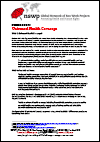
Resource | Publications,
This Briefing Note outlines Universal Health Coverage (UHC) and the challenges it presents for sex workers and other criminalised populations.
WHO defines UHC as a system where "all people have access to health services they need (prevention, promotion, treatment, rehabilitation and palliative care) without the risk of financial hardship when paying for them". Challenges remain around ensuring adequate financing for UHC, and ensuring a rights-based approach when implementing UHC, so that key populations, including sex workers, are not left behind as a result of criminalisation, stigma and discrimination.
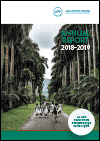
Resource | Publications,
This annual report showcases the many practical ways the APF has made that difference and is helping realise our vision for Asia Pacific where everyone is ‘free and equal’ to enjoy their human rights.
Resource | Presentations,
Get an overview of the HIV/AIDS situation in Bhutan. Browse and view charts and graphs illustrating data on the country's basic socio-demographic indicators, HIV prevalence and epidemiology, risk behaviors, vulnerability and HIV knowledge, HIV expenditures, and national response.
Resource | Presentations,
Get an overview of the HIV/AIDS situation in Brunei Darussalam. Browse and view charts and graphs illustrating data on the country's basic socio-demographic indicators, HIV prevalence and epidemiology, risk behaviors, vulnerability and HIV knowledge, HIV expenditures, and national response.
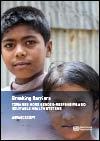
Resource | Publications,
This report draws attention to gender as a powerful determinant of health care access and outcomes. By analysing universal health coverage (UHC) indicators from a gender perspective, including indicators disaggregated by sex, the report exposes how people’s gender intersects with their socioeconomic backgrounds and other aspects of their identities and circumstances to produce health inequities.





